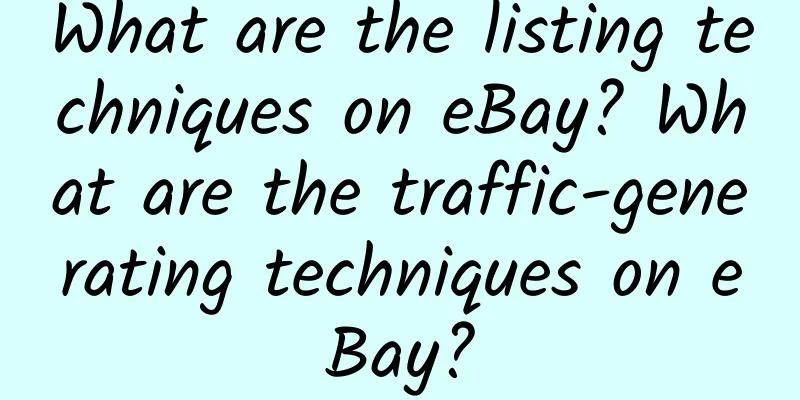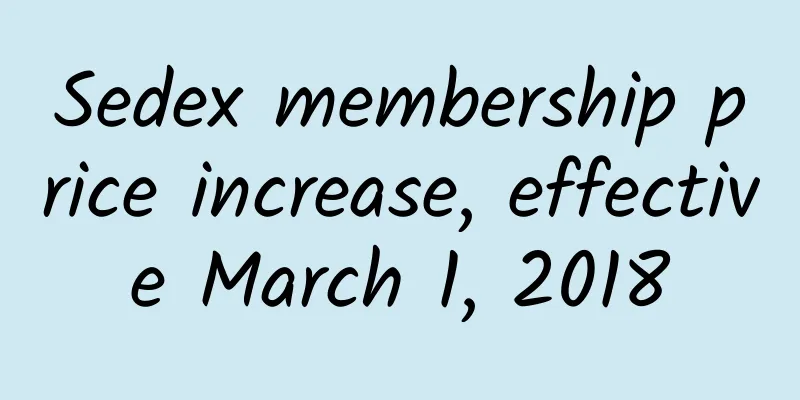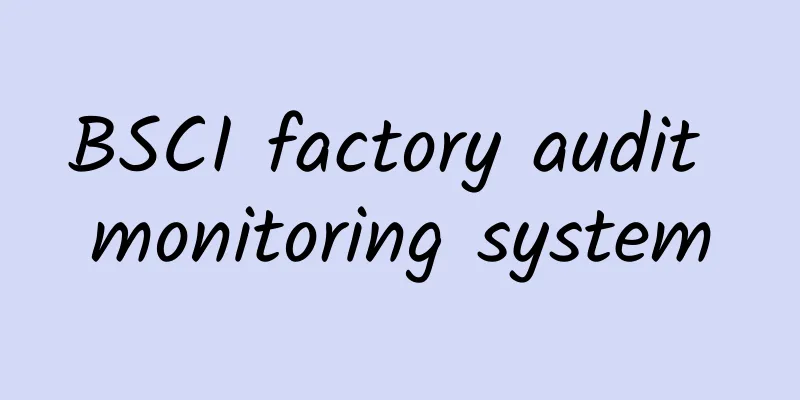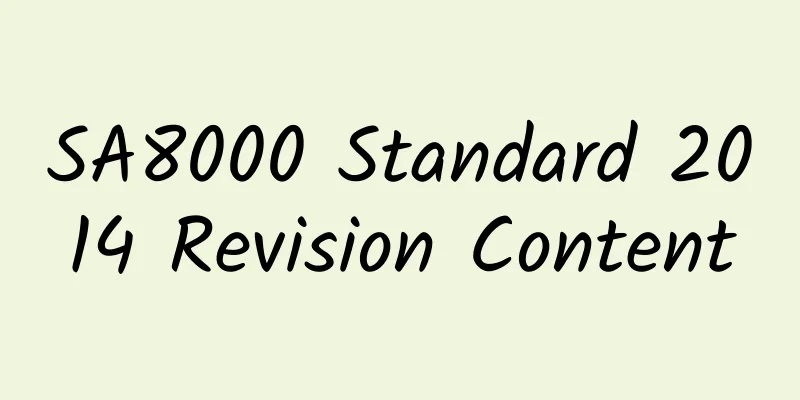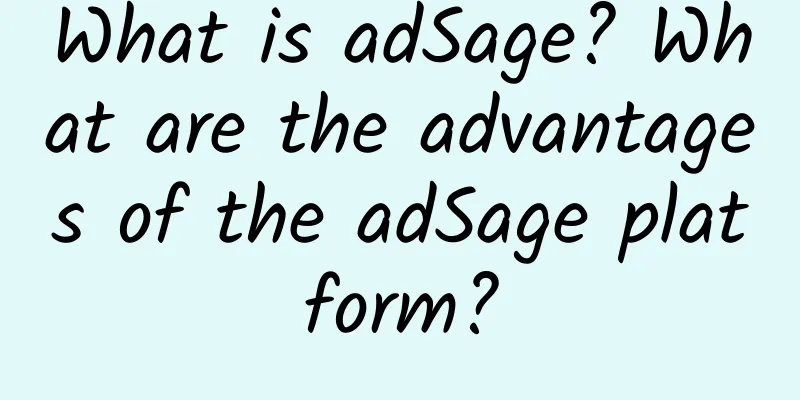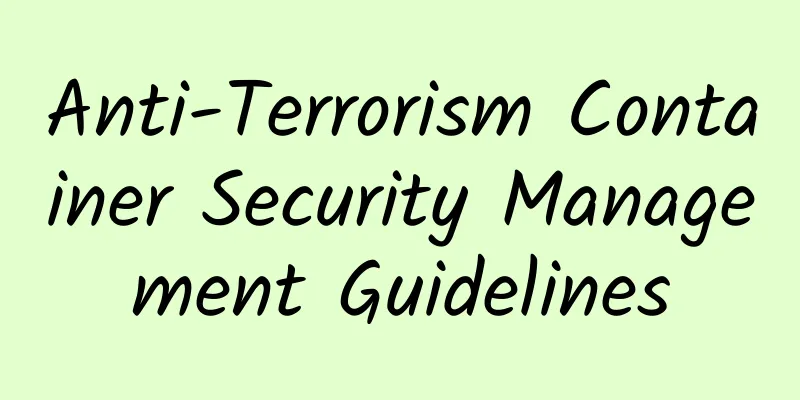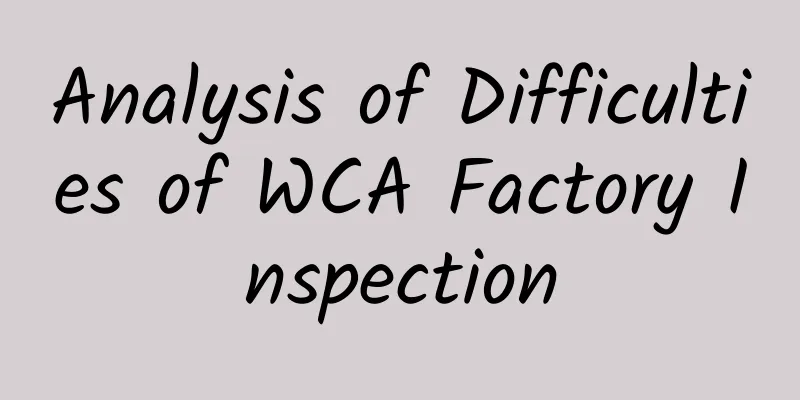What are the requirements for customs clearance in Japan? What products cannot be cleared?
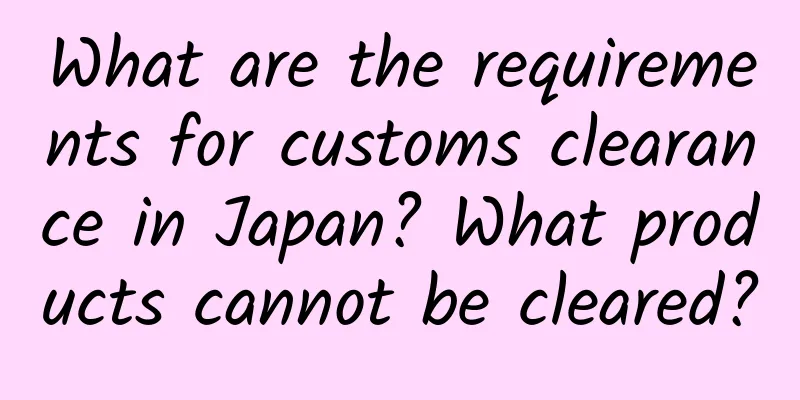
|
What are the requirements for customs clearance in Japan? 1. Japanese taxes include: customs duties (determined according to the business code) and consumption tax (10%) 2. The declared unit price must be at least 30% of the normal saleable price (the minimum declaration standard recommended by foreign customs clearance personnel, which needs to be adjusted according to customs requirements) 3. Only one product name can be packed into a single box (e.g. the same product with different colors, styles and models needs to be packed separately) 4. If the product has gifts, the customs clearance information needs to be presented truthfully, and the declared unit price can be reflected as 0; 5. The declared PCS quantity must be consistent with the actual packing and strictly in accordance with the bill of lading; 6. The logo on the product and its packaging must not contain infringing patterns, designs or words; 7. The warehouse label of the outer box needs to reflect the number of boxes. Please strictly follow our operating requirements: Such as: XMEPS-JP-KIX4 1-20 (and so on 2-20, 3-20) MADEINCHINA 8. If inspection is required, there are three types: X-ray, open container sampling, and bonded warehouse unpacking inspection. Among them, the bonded warehouse inspection fee is the highest; 9. The normal customs clearance time is 3 working days. If there is an inspection, the customs clearance time is about 7-10 working days. During the customs clearance process in Japan, which products cannot be cleared? 1. Products for children under 6 years old: Toys, baby bottles, nipples, bibs, etc. for children under 6 years old are clearly marked on the product packaging. 2. Contact with mouth and skin: Chopsticks, spoons, forks, bowls, cups, kettles, thermos bottles, etc. 3. Related to medicine and medical equipment: Medicinal scented tablets (such as camphor balls, etc.), syringes, water flossers, medical kits, medicine bottles and jars, B-ultrasound machines, blood pressure monitors, massagers, etc. 4. Related to beauty and hairdressing (please consult and confirm before shipment): Manicure equipment, massager, pore cleaner, beauty instrument, blackhead remover, hair remover, sprayer. Hair curler, hair straightener, electric clipper, nail instrument, etc. 5. Food containers and kitchen utensils: Tools that come into direct or indirect contact with food, such as whetstones, cake molds, baking trays, knives, etc. 6. Objects containing gas: Yoga balls, table tennis balls, golf balls, and other outdoor and indoor sports spherical objects. This is the end of the introduction to Japan customs clearance in this issue. If you want to get more information about Japan customs clearance, please pay attention and we will continue to answer you~ |
<<: What support policies does Vova currently have? Is Vova easy to do?
Recommend
What is the factory's self-inspection process for SEDEX factory inspection?
The problems with the SEDEX factory inspection se...
Love Bonito—Women's Clothing Shopping in Singapore
What is LoveBonito? The Singapore women's clo...
What is the RoHS Directive? What are the basic contents of the RoHS Directive?
What is the RoHS Directive? On January 27, 2003, ...
Popular Science: eBay Sellers’ Entry Requirements
What are the entry requirements for eBay sellers?...
2014 BSCI Factory Audit Latest Supplier Code of Conduct
This 1/2014 BSCI Code of Conduct aims to establish...
The difference between SEDEX certification and ISO certification
The difference between SEDEX certification and IS...
Mattel Factory Inspection/Factory Health Special
Does the factory conduct industrial hygiene monit...
Cross-border e-commerce has become a new engine for Tianjin's foreign trade development
At present, cross-border e-commerce has become a ...
Ryder System
What is RyderSystem? RyderSystem, also known as R...
FocalPrice--Focus on price
What is FocalPrice? FocalPrice was founded by Li ...
New version of GMP pharmaceutical industry certification system standard launched
According to the survey, the pharmaceutical indus...
What is Speed 10? What is Speed 10's business scope?
What is Speed 10? Speed 10 Group is committed...
HACCP Certification Program
★、Procedures for applying for HACCP certificatio...
What is Ifttt? What are the advantages and applications of ifttt?
Ifttt is the abbreviation of "if this then t...
Tchibo factory inspection | factory inspection consultation | Tchibo factory inspection clearance | German Tchibo factory inspection - Tchibo factory inspection consultation special
Tchibo factory inspection | factory inspection con...
